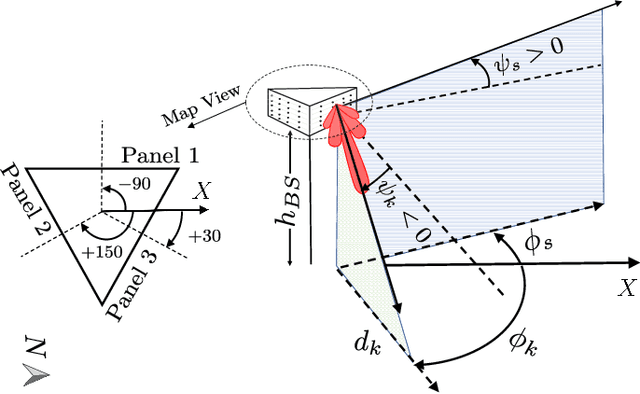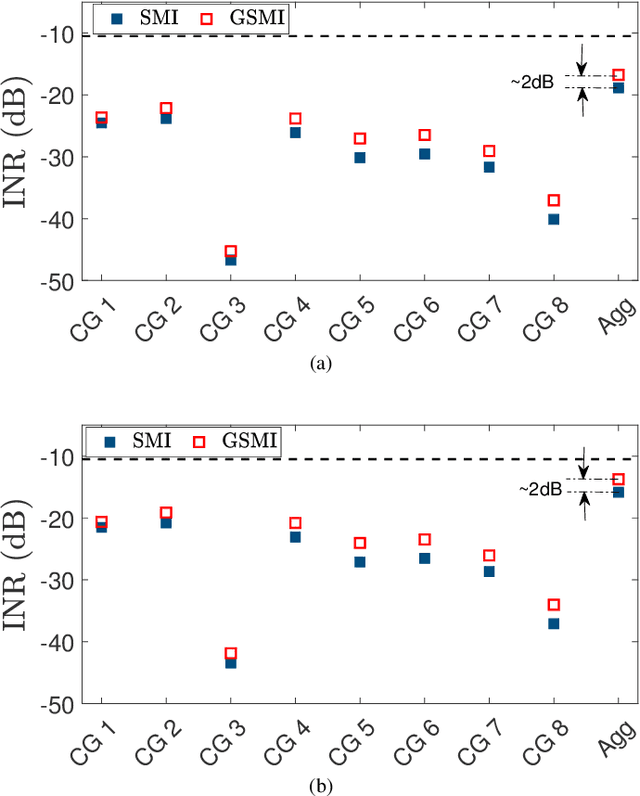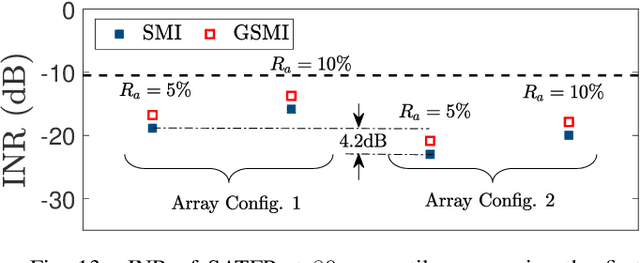IMT to Satellite Stochastic Interference Modeling and Coexistence Analysis of Upper 6 GHz Band Service
Paper and Code
Sep 14, 2022



The surging capacity demands of 5G networks and the limited coverage distance of high frequencies like millimeter wave (mmW) and sub-terahertz (THz) bands have led to consider the upper 6GHz (U6G) spectrum for radio access. However, due to the presence of the existing satellite (SAT) services in these bands, it is crucial to evaluate the impact of the interference of terrestrial U6G stations to SAT systems. A comprehensive study on the aggregated U6G-to-SAT interference is still missing in the literature. In this paper, we propose a stochastic model of interference (SMI) to evaluate the U6G-to-SAT interference, including the statistical characterization of array gain and clutter loss and considering different interference modes. Furthermore, we propose an approximate geometrical-based stochastic model of interference (GSMI) as an alternative method to SMI when the clutter-loss distribution is unavailable. Our results indicate that given the typical international mobile telecommunication (IMT) parameters, the aggregated interference power is well below the relevant protection criterion, and we prove numerically that the GSMI method overestimates the aggregated interference power with only 2dB compared to the SMI method.
 Add to Chrome
Add to Chrome Add to Firefox
Add to Firefox Add to Edge
Add to Edge